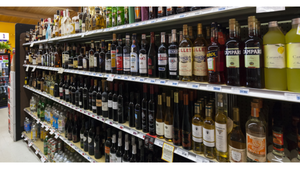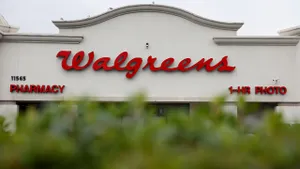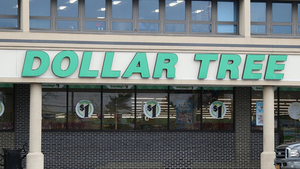Report: How Buying Trends are Impacting the Grocery Segment
The new shopper data from Blackhawk Engagement Solutions shows that consumers are well prepared.
January 1, 2018
American grocery shoppers are strapped for time yet willing to work for the very best value, according to new research from Blackhawk Engagement Solutions. The new shopper data shows that consumers are well prepared, and arrive at the grocery store knowing exactly what they're going to buy—and most importantly—why (value).
"Brands can no longer take grocery customers for granted. Price sensitivity, customer time deficiency, and instant access to promotions and product information are putting greater pressure on retail and product companies to shift with consumer demands," says Rodney Mason, general vice president of marketing at Blackhawk Engagement Solutions, an international incentives and engagement company.
Blackhawk Engagement Solutions' "How Grocery Shoppers Shop: Changing Trends in Grocery Shopping" report summarizes the findings from two distinct studies: the first was a study conducted in September 2015 that surveyed more than 1,500 Americans and focused on how they shop for groceries. The second surveyed more than 2,500 Americans in October 2015 about their use of shopping apps. Together, these surveys identified grocery shopping path-to-purchase behaviors. Key findings include:
It's about the bottom line: When asked to rank the factors in selecting a grocery store by order of importance, shoppers placed the convenience of location behind the attraction of price: 70 percent said price was the leading factor, 59 percent said products/brands I specifically need, 48 percent said store location and 31 percent said faster checkout. Additionally, 60 percent of shoppers report being loyal to a particular grocery store.
Grocery shoppers do their money-saving homework: Fifty-eight percent of shoppers actively look for deals and promotions before going to the grocery store; 68 percent belong to at least two grocery store loyalty programs; 68 percent always use deals, promotions and coupons on grocery store items, and the rest do sometimes.
Consumers aren't always brand loyal: Ninety one percent of shoppers believe store brands are a great value, and 72 percent believe store brands are the same quality as national brands. Only half (52 percent) of shoppers report buying brand-name products always or in certain categories.
Consumers prefer larger values from rebates: Shoppers don't mind jumping through a hoop for bigger savings. By a large margin, the majority prefer richer rebate rewards over instant discounts for single-item purchases across all grocery store departments, including gift cards, cooking and baking supplies, cleaning supplies, pet supplies, baby supplies, paper products, meat and deli items and more.
Shoppers embrace grocery store apps, not third-party shopping apps: Consumers are becoming increasingly more comfortable using apps for grocery shopping; the top used apps are: Amazon (71 percent), grocery store apps (28 percent), Walmart (26 percent) and Target (25 percent). Third-party savings apps are not used much, with use in the low single digits for the grocery channel.
A full report exploring the findings of Blackhawk Engagement Solutions' "How Grocery Shoppers Shop: Changing Trends in Grocery Shopping" research can be downloaded.
Blackhawk Engagement Solutions is a division of Blackhawk Network, which built its business on pioneering new products that shoppers love and widely adopt such as gift card malls in grocery stores.
About the Author
You May Also Like




